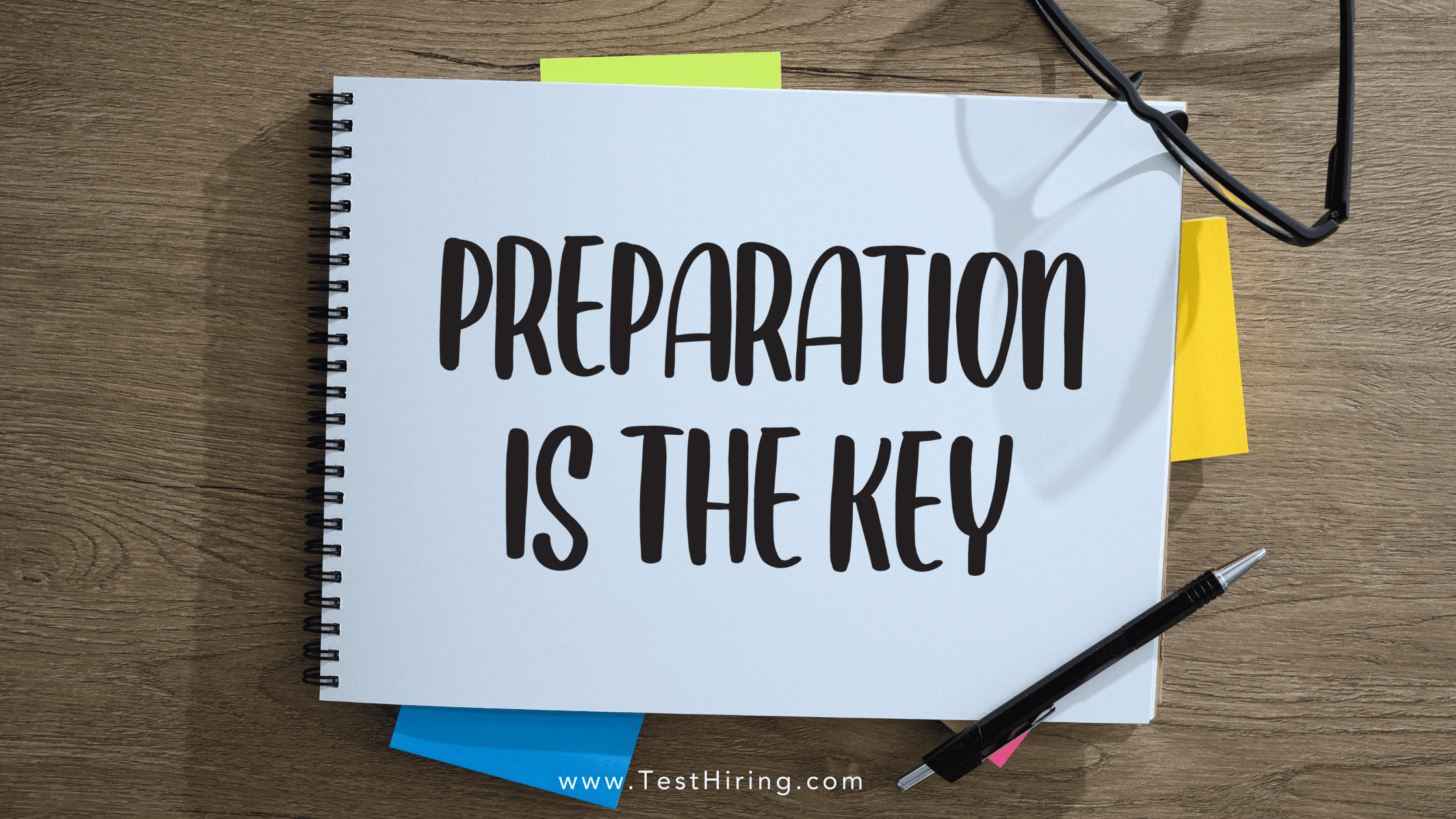The hybrid workplace—a mix of in-office and remote work—has transformed employee skill evaluation by businesses. Classic assessment techniques might not accurately capture the several skill sets required for this new working environment; hence skills testing gains increasing relevance. Employers have to modify their appraisal techniques to guarantee fair, efficient, and accurate evaluations in many different job environments.
For the hybrid workplace, skills testing can be changed as follows:
1. Giving digital and remote cooperation skills top priority.
Hybrids need to manage real as well as virtual interactions. Skills exams should evaluate knowledge of cloud-based collaboration tools, project management systems, and video conferencing technologies. Among virtual communication abilities are brief written and spoken contacts. Remote cooperation and problem-solving ensure employees can collaborate well wherever they are.
Employers can find candidates with a strong ability to transition between virtual and workplace settings by focusing on these skills.
2. Using artificial intelligence-powered and flexible evaluations
In a hybrid setting where flexibility is paramount, conventional one-size-fits-all evaluations might not be successful. Customized test experiences, difficulty variation based on responses, and real-time comments helping candidates to improve post-assessment skills are all provided by AI-driven evaluations. Scenario-based testing lets candidates tackle actual hybrid work issues.
Adaptive testing guarantees that assessments accurately measure significant abilities without too much complexity.
3. Ensuring fairness and access
Candidates in a hybrid setting might be tested from multiple locations with varying degrees of technological accessibility. To preserve justice, use cloud-based testing tools operating on several devices. Offer time flexibility to match various working styles. Via available formats appropriate for a broad spectrum of candidates, ensure that inclusivity is realized.
This guarantees that, whatever the candidate's site, ratings are unbiased and just.
4. Including assessments of soft skills
Hybrid work requires flexibility and great self-management. Testing should measure: time management and productivity to guarantee employees can work independently; emotional intelligence to evaluate interpersonal skills for remote and in-office collaboration; decision-making and adaptability to support teams navigate uncertainty; technical skills alone are not enough.
By including soft skills testing, employers can choose candidates who thrive in a dynamic setting.
5. Supervised and safe online testing
Hybrid work introduces issues with test integrity and security. Contemporary AI-powered proctoring solutions can:
This guarantees the dependability of remote evaluations, hence enabling them to be as precise as in-person assessments.
6. Correspondence of testing with real-world job circumstances
To guarantee skills tests accurately reflect actual job expectations, assessments should include simulated job activities reflecting everyday responsibilities. Role-specific problem-solving difficulties assess critical thinking. Live project evaluations involve participants completing assignments in real time.
This helps companies assess practical abilities as well as conceptual knowledge.
In conclusion, the hybrid workplace demands a modern, adaptable approach to skill evaluation. Organizations can ensure they recruit and develop candidates prepared for this new approach of working by putting great priority on digital competency, soft skills, fairness, and practical relevancy.




